1
Restored cannons at Fort Point
30 August 2011
Fort Point, Trinity, Newfoundland and Labrador, Canada
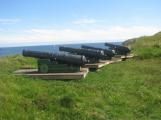
2
Admiral's Point (after 1812 referred to as Fort Point) attracted pre-historic peoples and later English fishermen. Its setting also made it the best location in the harbour for both fortifications and navigational aids. Its fine, sheltered and spacious harbour, Fort Point helps make the Harbour one of the best sailing ships havens in the world and was commented by Sir Richard Whitbourne as being ".....the best and largest Harbour in all the Land" (1620).
By the mid 18th century, Trinity Harbour was one of the busiest shipping and most important commercial ports along the Atlantic. A well-built fortification on Fort Point could control and command this entrance and protect Trinity from invasion by sea. As early as 1703 merchants started petitioning for supplies to construct fortifications. Copies of these letter follow here.
3
Petition to Right Honourable the Earl of Nottingham
1 June 1701
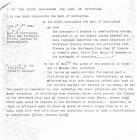
4
Letter requesting the fortification of Trinity
28 May 1702
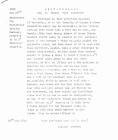
5
Benjamin Lester
18th Century, Circa 1760s
Trinity, Newfoundland and Labrador, Canada
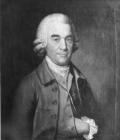
6
Lester Mercantile Premises, Trinity, NL
18th Century, Circa 1770
Trinity, Newfoundland and Labrador, Canada

7
Lester Fleet in Trinity Harbour
18th Century, Circa 1795
Trinity, Newfoundland and Labrador, Canada
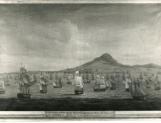
8
Plan of the Admiral's Point, Trinity Harbour (1746)
1746
Fort Point, Trinity, Newfoundland and Labrador, Canada
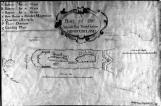
9
The fort on Admiral's Point (called Fort Point in the Royal Engineers Report of 1812, as it has been ever since) was commenced by the Imperial authorities in 1744 and consisted of a battery of fourteen 24 pounders covering the narrows at the entrance to the harbour, and another battery of four 6 pounders covering the shoreline to Salvage Head. In 1748, these fortifications were improved as they appear in "A Plan of the Admirals Point in Trinity Harbour, Newfoundland in 1748" This plan shows a 15 gun battery, a 3 gun battery and a 4 gun battery, parapet walls, Storekeepers Hut, Gunners Hut, Storehouse, Magazine and intended Barracks. This "intended barracks" was probably built soon after to accommodate the garrison of Royal Artillery men.
10
Plan of Admiral's Point (1748)
1748
Fort Point, Trinity, Newfoundland and Labrador, Canada
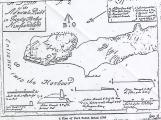
11
State and Condition of Admiral's (Fort) Point in 1748
10 May 1748
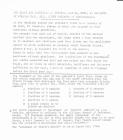
12
Abstract of Trinity Report
1750

13
In the spring of 1762, nearing the end of the Seven Years' War France launched an attack on Newfoundland to improve their position in upcoming peace talks. St. John's surrendered and the French sent ships to other major settlements to acquire provisions. Trinity surrendered on July 17th. The only shots fired were ceremonial and the French treated the inhabitants quite civilly. On August 1st, 1762 the French left Trinity very suddenly when they heard that a British Fleet intent on recapturing Newfoundland was near St. John's. They only had time to render the Fort useless by spiking the guns. They also destroyed the military buildings (the magazine and barracks) and some of the other buildings around the harbour.
14
Plan of Admiral's (Fort) Point (1762)
1762
Fort Point, Trinity, Newfoundland and Labrador, Canada











